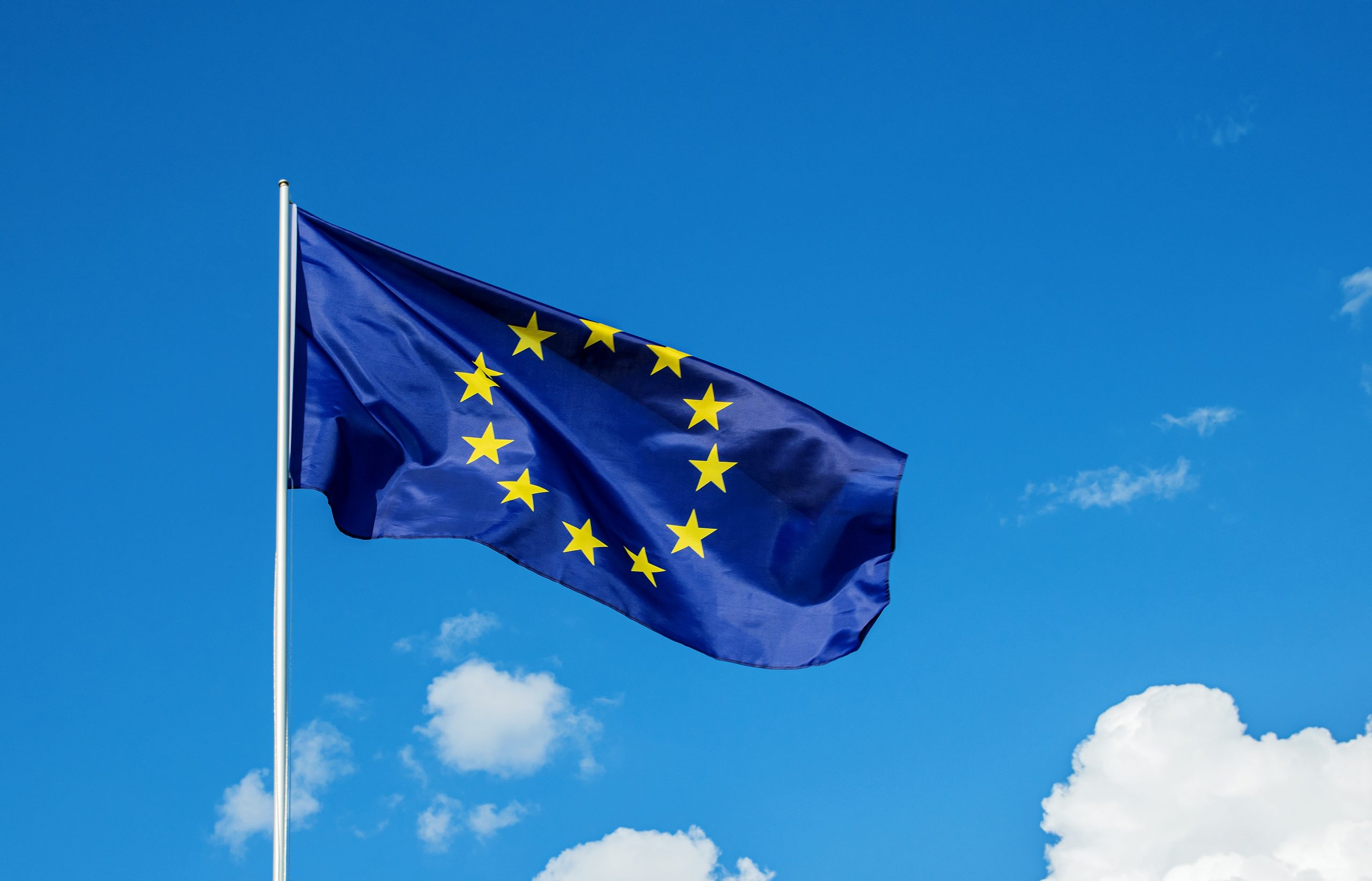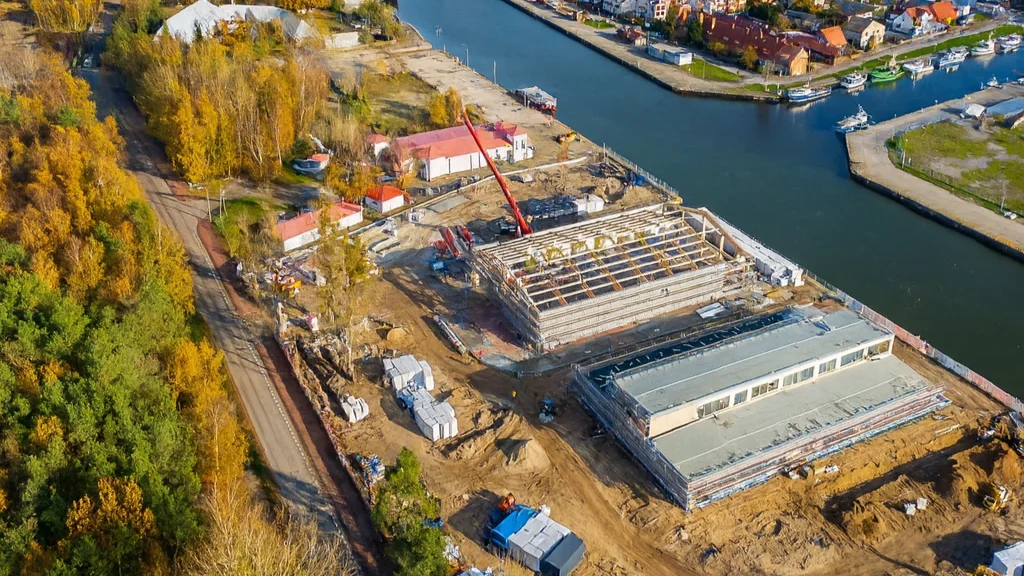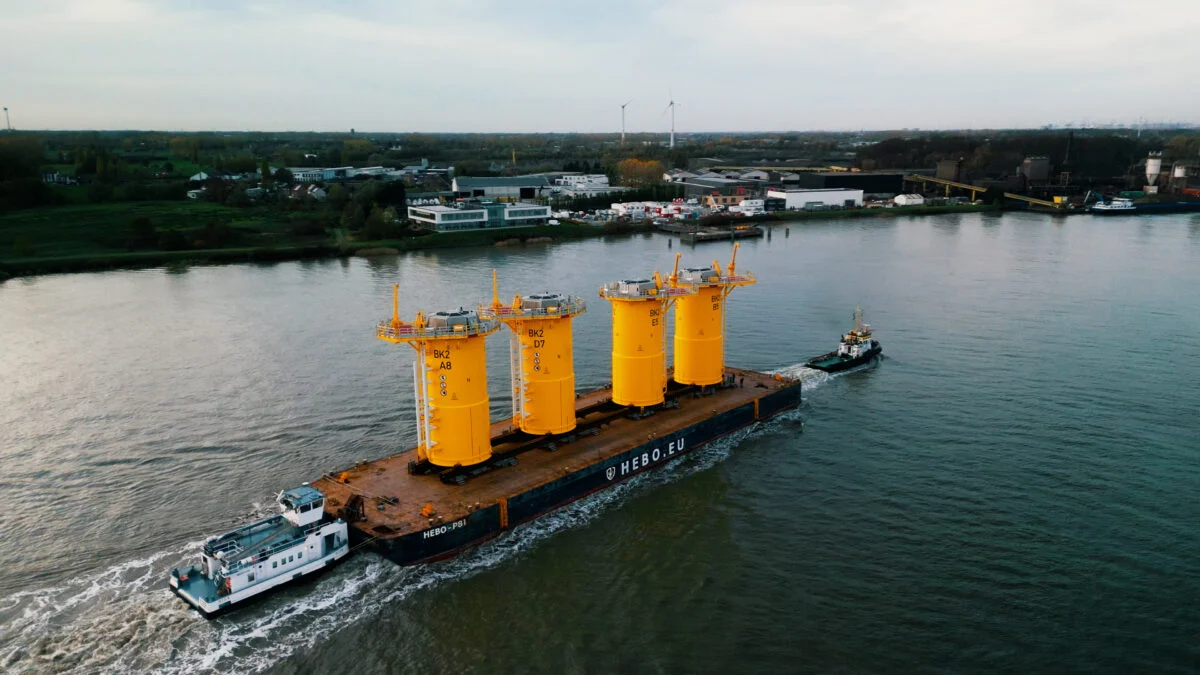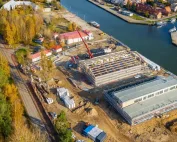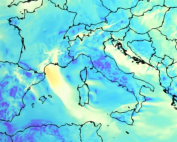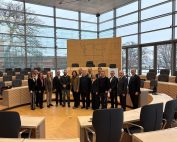Energy from wind farms in the Baltic Sea and increased electrification of the region is a way to strengthen security of energy supply and ultimately to reduce dependence on fossil fuels imported from Russia – such was the conclusion of a recent webinar by the BEMIP (Baltic Energy Market Interconnection Plan) working group. However, in order to achieve this, a strong infrastructure connecting the countries of the region is needed, and – in light of recent events in the Baltic Sea – also ensuring its security.
Increasing the electrification of the Baltic Sea region requires greater energy production, an expanded power grid, joint infrastructure projects linking the energy systems of the Baltic countries and a safe completion of the synchronization of the Baltic states with the European system, explained during the webinar Nikolaj Lomholt Svensson, Special Advisor at the Centre for Global Climate Action at the Danish Ministry of Climate, Energy and Utilities. He also referred to recent events in the Baltic Sea, namely the explosions that damaged the Nord Stream 1 and 2 pipelines, pointing to the “physical” security aspect of energy infrastructure.
Last week during the webinar, the BEMIP Offshore Wind working group discussed, among others, the ministerial declaration from the Baltic Sea Energy Security summit in Copenhagen which took place in August. It shows that renewable energy, including the Baltic Sea offshore wind energy, is a recipe for the region’s independence from Russian fossil fuels in the long term, while in the shorter term the alternative is the supply of liquefied natural gas (LNG) and the construction of terminals to receive it.
– We used the summit to accelerate cooperation in defining common ambitions for offshore development in the Baltic Sea and by aggregating our plans we will achieve almost 20 GW from offshore wind by 2030, which is 7 times the current capacity, said Nikolaj Lomholt Svensson.
A more difficult task for the countries in the region is to define common long-term goals for offshore development until 2050, with an intermediate target in 2040, which BEMIP is expected to support them in. However, this also requires cooperation at the political level and the involvement of politicians – not just officials – as pointed out by the meeting participants.
The goal of the BEMIP high-level group is to create energy connections between the Baltic countries through which an integrated and open regional electricity market will be achieved. The group includes representatives from Denmark, Germany, Estonia. Latvia, Lithuania, Poland, Finland and Sweden, with Norway as an observer.
Relevant working groups within BEMIP are working on individual projects concerning gas, electricity, security of supply, synchronization, RES, or energy connections for offshore projects. Among other things, they are preparing the analyses needed to implement the investments. On 30 September 2020, ministers from 8 EU countries in the Baltic Sea region and Commissioner Kadri Simson signed a declaration on closer cooperation in the area of offshore wind energy and on 28 October 2021, BEMIP adopted a work program for offshore development in the region. The plan is to be updated in 2024. Now BEMIP is coordinating the preparation of the region’s common goals for offshore development until 2050.
BalticWind.eu
